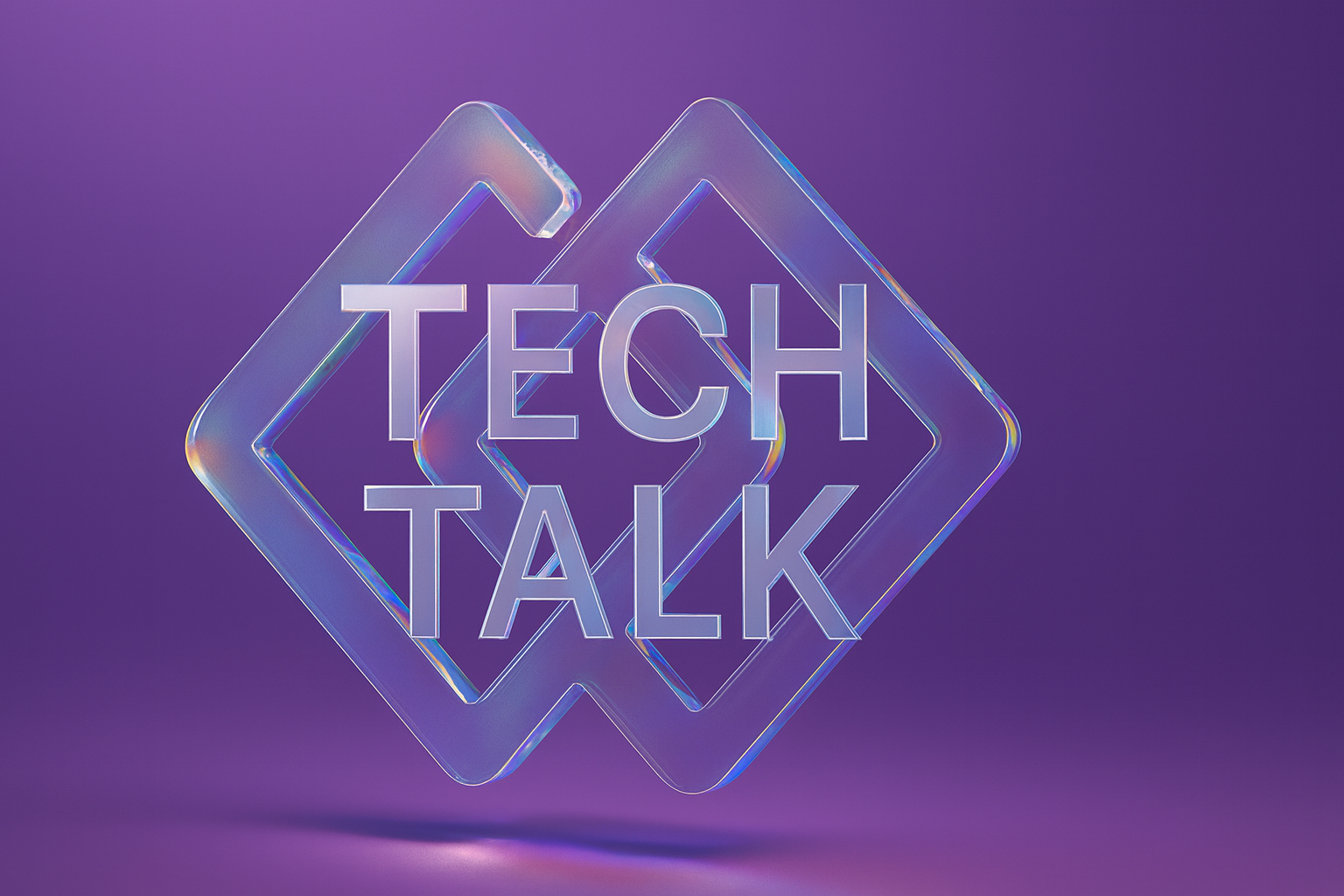Hospitals across the country are under pressure. Rising patient volumes, staffing shortages, and outdated scheduling methods stretch systems to the limit. Many facilities still rely on manual tools like spreadsheets for critical staffing and resource decisions, which leads to inefficiencies, higher costs, and delayed care.
AI presents a scalable, effective solution. AI systems can help hospitals optimize staffing, improve resource allocation, and reduce operational waste by analyzing real-time patient flow, seasonal trends, and historical data. Mid-sized hospitals using these tools have reported annual savings of up to $2 million.
In a sector where labor costs make up the majority of budgets and equipment often sits underutilized, AI enables hospitals to do more with what they already have. As demands on the healthcare system grow, AI is quickly becoming a core component of operational resilience and high-quality patient care.
Challenges in Hospital Resource Management Leading to Increased Operational Costs
Healthcare institutions today face significant operational challenges that impact efficiency, staff satisfaction, and patient care quality. Understanding these challenges is essential before exploring how AI can address them effectively.
Data Fragmentation Hinders Resource Management
One of the most persistent challenges is fragmented data across different departments and systems. Electronic health records, billing systems, and scheduling platforms often operate in silos, preventing information from flowing where it's needed.
Clinical and administrative data rarely communicate effectively, creating blind spots in decision-making. Historical data remains locked in disparate systems, making predictive analytics nearly impossible.
Implementing multi-modal AI solutions can help integrate these disparate data sources, enabling more effective resource management.
Hospital administrators struggle to make informed decisions about resource allocation without integrated data systems, ultimately affecting care quality and operational efficiency.
Staffing Imbalances Increase Operational Costs
Hospitals worldwide are facing unprecedented workforce challenges that directly impact their bottom line. Global healthcare systems face a projected shortfall of 18 million healthcare workers by 2030, creating intense competition for qualified staff.
Rigid scheduling models prevent adaptability to fluctuating patient demands, resulting in both understaffing and overstaffing periods—often within the same facility on the same day. Reliance on temporary staffing solutions significantly drives operational costs, sometimes costing 150-200% more than permanent staff for the same role.
AI can help mitigate these staffing imbalances by automating routine administrative tasks such as patient data entry, billing, and appointment scheduling. This reduces the administrative burden on healthcare professionals, allowing them to focus more on patient care and improving their work-life balance.
Patient Flow Bottlenecks Affect Resource Management and Costs
Inefficient patient flow cascades throughout hospital operations, creating resource misalignment and financial waste. When patients cannot be efficiently moved from emergency departments to inpatient beds, overcrowding occurs, leading to treatment delays and patient dissatisfaction.
Delayed discharges tie up beds that could be used for new admissions, effectively reducing hospital capacity without reducing fixed costs. Operating room scheduling inefficiencies lead to underutilizing some of the hospital's most valuable and expensive resources.
These bottlenecks create long wait times, reduce patient satisfaction, and prevent hospitals from optimizing their resource utilization—all factors that directly impact healthcare institutions' financial health.
How AI Enhances Demand Forecasting in Hospital Resource Management
AI is transforming how hospitals manage patient flow and resources. Analyzing multiple data sources makes forecasting more accurate, allowing hospitals to anticipate needs before they arise. This helps them stay ahead of demand, reducing inefficiencies and improving patient care.
Historical Data and Seasonal Trends
Machine learning algorithms spot patterns in patient data that human analysts might miss. These systems analyze seasonal illness patterns like flu outbreaks, local demographic shifts, and weather events impacting hospital utilization. The connections between these factors are often subtle and non-linear—precisely the type of relationships AI excels at identifying.
The best models pull data from multiple sources—electronic health records, public health databases, and social media trends—to sharpen forecast accuracy. This comprehensive approach provides hospital administrators with unprecedented visibility into future demand.
Real-Time Predictive Modeling Enhances Resource Management
Real-time predictive modeling takes forecasting further by continuously updating predictions as new information becomes available. Unlike static forecasts that quickly become outdated, these dynamic models incorporate current patient census data, recent admission and discharge patterns, and incoming emergency department volume to refine predictions throughout the day.
Mount Sinai Health System demonstrated the power of this approach when it cut its emergency room wait times in half by predicting admission volumes. By anticipating surges before they happen, staff could be mobilized and resources allocated proactively.
Aligning Capacity with Demand Reduces Operational Costs
The ultimate goal of AI-powered forecasting is matching hospital capacity with expected patient loads before problems arise. This alignment creates numerous advantages: efficient management of healthcare operations and resource allocation through AI technology, less overstaffing during slow periods, minimal understaffing during busy times, and smart medical supply ordering that prevents waste.
Enhancing Staffing and Scheduling with AI to Reduce Operational Costs
Personnel management represents one of the most promising applications of AI in healthcare operations. By optimizing how hospitals deploy their most valuable resource—their people—AI tools deliver measurable improvements in efficiency, staff satisfaction, and patient outcomes.
Automated Shift Assignments Improve Resource Management
Traditional scheduling methods rely heavily on manual processes that cannot adequately account for the complex variables affecting optimal staffing. AI systems overcome this limitation by creating dynamic schedules based on predictive analytics.
To create optimal staffing plans, these systems process multiple data streams, including historical patient admission patterns, seasonal illness trends, and staff skills and certifications.
Cedars-Sinai Medical Center provides a compelling example of this approach in action. By implementing an AI workforce planning system, they cut staffing inefficiencies by 15%, ensuring appropriate coverage during busy times while avoiding excess staff during quiet periods. This balanced approach improves both financial outcomes and care quality.
Balancing Workloads Reduces Operational Costs
Beyond simply matching staffing levels to patient volumes, AI scheduling matches the right staff with the right patients at the right time. This capability is particularly valuable in nursing assignments, where patient acuity and required care can vary dramatically.
Reducing Overtime and Burnout Lowers Operational Costs
Healthcare worker burnout has reached crisis levels, significantly impacting staff wellbeing and hospital finances. AI scheduling systems tackle these problems by spotting potential staffing gaps weeks ahead, allowing proactive hiring. They track individual workloads to prevent scheduling the same staff for excessive overtime and monitor fatigue factors to ensure adequate rest between shifts.
How AI Optimizes Inventory Management and Reduces Operational Costs
Supply chain and inventory management present significant opportunities for AI-driven efficiency improvements in healthcare. These systems deliver financial and operational benefits by transforming how hospitals track inventory, forecast the demand for medical supplies and medications, place orders, and eliminate waste.
Real-Time Inventory Visibility Enhances Resource Management
Hospital inventory management often relies on manual counts and spotty record-keeping, leading to shortages and excess inventory. Modern IoT sensors now provide constant, automated tracking of supplies and medications, creating unprecedented visibility into resource availability.
Smart cabinets with RFID technology track real-time medication use, eliminating guesswork about current stock levels. Temperature-sensitive pharmaceuticals receive continuous monitoring, preventing costly waste from improper storage.
AI analytics platforms gather data from these sensors, creating comprehensive dashboards that provide administrators with clear visibility into current inventory status and usage trends.
Streamlined Replenishment Reduces Operational Costs
AI-powered ordering systems are revolutionizing hospital supply chains by replacing reactive, often panic-driven ordering with proactive, data-driven processes. Just-in-time ordering systems analyze usage patterns and trends to maintain optimal inventory levels without excessive stock.
Machine learning algorithms adjust order quantities based on changing patient volumes, ensuring adequate supplies during busy periods without wasteful overordering during slower times.
The COVID-19 pandemic highlighted the value of these systems. Hospitals with AI-driven supply chains adapted better to changing PPE needs, placing orders earlier and adjusting quantities based on predictive models rather than reacting after shortages occurred.
Waste Reduction and Cost Savings Through AI
The biggest financial benefit is AI’s ability to prevent waste in hospital supply chains. Predictive analytics identify usage patterns to prevent over-ordering items with short shelf lives, while automated rotation systems ensure older stock gets used first, reducing expirations.
Expired pharmaceuticals alone cost hospitals billions annually. AI-driven inventory management can cut this waste by 50-80%, saving millions for larger health systems. These savings go straight to the bottom line while improving care by ensuring supplies are always available when required. Additionally, AI streamlines processes like scheduling and billing, significantly improving patient outcomes and engagement, ultimately leading to improved healthcare delivery overall.
How AI Streamlines Patient Flow to Enhance Resource Management and Reduce Costs
Patient movement through healthcare facilities—from admission to discharge—represents a critical process that impacts operational efficiency and care quality. AI tools now offer powerful solutions to optimize this complex journey, transforming healthcare delivery by enhancing efficiency, data-driven decision-making, and patient-centric approaches. This ultimately reshapes access to care and improves outcomes across various healthcare settings.
AI-Driven Triage Enhances Resource Management
The patient journey typically begins with triage—determining the severity of a patient’s condition and the urgency of care needed. AI-powered triage systems bring consistency and speed to this vital first step by analyzing patient symptoms, vital signs, and medical history to assess severity objectively. This enhances clinical decision making by providing deeper insights and data-driven support for medical professionals. Natural language processing extracts relevant information from patient complaints, helping identify potentially serious conditions that might be missed in manual assessment.
Admission and Discharge Coordination Reduces Operational Costs
Admitting and discharging patients involve multiple departments and numerous decision points, creating opportunities for delays and inefficiencies. AI coordinates these complex workflows using predictive analytics to forecast patient loads based on historical patterns and real-time data.
By automating and optimizing these workflows, hospitals significantly reduce delays that frustrate patients and strain resources, allowing more patients to be treated with the same physical capacity.
Advancements in AI in healthcare are pivotal in improving patient engagement and retention, leading to better outcomes and operational efficiencies.
Real-Time Bed Management Enhances Resource Utilization
Hospital beds represent one of healthcare’s most valuable and constrained resources. AI systems enhance bed management by monitoring the status across all departments in real-time and predicting bed availability based on current occupancy and expected discharges. Additionally, AI technologies support remote patient monitoring, allowing healthcare providers to engage with patients continuously, predict potential health issues, and improve personalized care.
These systems automatically match patients with appropriate beds based on clinical needs, ensuring optimal use of specialized units like intensive care.
When patient flow is optimized through AI, the benefits include shorter waits for admission, more appropriate care settings for each patient, and timely discharges—all factors that improve patient outcomes and hospital financial performance. Hospitals can enhance communication with patients throughout their care journey by applying techniques similar to those used in AI patient engagement.
Challenges and Considerations in Implementing AI for Hospital Resource Management
While AI offers tremendous potential benefits, successful implementation requires careful attention to several key challenges. Healthcare organizations must address these considerations to realize the full value of AI-powered resource management.
Regulatory Compliance and Security Are Paramount
Healthcare operates in a highly regulated environment, requiring strict adherence to patient privacy and data protection standards. Hospitals must ensure all AI systems comply with regulations like HIPAA to protect sensitive patient information throughout the data lifecycle.
Implementing AI data privacy solutions can help hospitals manage and secure sensitive data effectively.
Clear data governance frameworks must define how patient information will be collected, stored, and processed, establishing accountability at every stage. Robust security measures are essential to prevent data breaches that could compromise patient privacy and trust.
Regulators are increasingly requiring transparent, explainable AI, which means algorithms must produce decisions that can be understood and validated by human reviewers.
Healthcare Professionals Training and Change Management Are Critical
Even the most powerful AI systems deliver value only when effectively adopted by end users. Resistance from healthcare staff often stems from fear of job displacement and skepticism about AI's accuracy in clinical settings.
Building trust through engagement and pilot programs is essential for successful implementation. Comprehensive training programs should emphasize AI as a complementary tool that enhances rather than replaces human judgment. Identifying clinical champions who understand the technology and workflow implications can help foster broader acceptance among their peers.
Using AI-driven engagement tools can also enhance communication among staff and between staff and patients.
Model Validation and Bias Monitoring Ensure Fairness
AI systems are only as good as the data they're trained on and the algorithms they employ. Healthcare organizations must implement structured validation processes to verify AI system accuracy before deployment and continuously thereafter.
Diverse training datasets must represent the full spectrum of patient demographics to prevent algorithmic bias that could worsen healthcare disparities. Continuous monitoring helps identify potential drift or bias in AI recommendations, ensuring systems maintain accuracy and fairness over time as patterns of care and patient populations evolve.
Transforming Healthcare Operations with Artificial Intelligence-Powered Resource Management
AI is transforming hospital operations, helping healthcare organizations align staffing with demand, reduce waste, and lower costs. Many hospitals are seeing 5 to 10 percent cost savings and significant operational efficiency improvements.
But the impact goes beyond just efficiency. AI helps create an environment where patients receive timely, high-quality care, clinicians are supported, and administrators can make better-informed decisions.
Hospitals need collaboration across clinical, operational, and IT teams to successfully implement AI. Integrating high-quality data and selecting the right solutions are key to overcoming real-world challenges.
As resource constraints grow, AI provides a clear path toward sustainability. From optimizing patient flow to improving communication, AI helps hospitals deliver better care at a lower cost.
If you're ready to take the next step, Tribe AI can guide you.
Our team of experts offers tailored consultancy and development services designed to address the unique challenges of hospital resource management. Connect with us today to learn how we can help you implement AI and transform your hospital’s operations.













